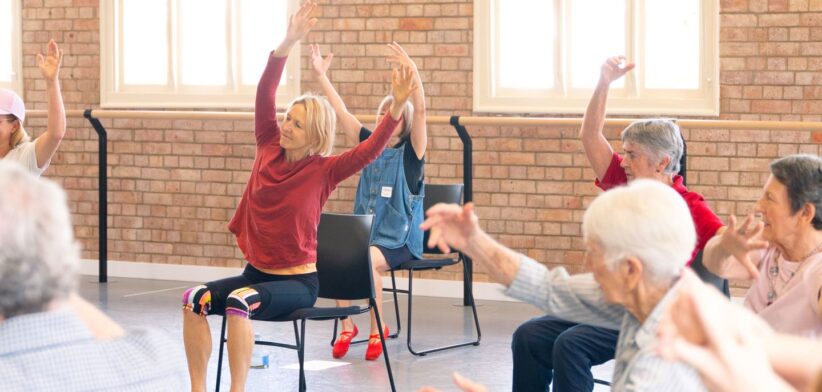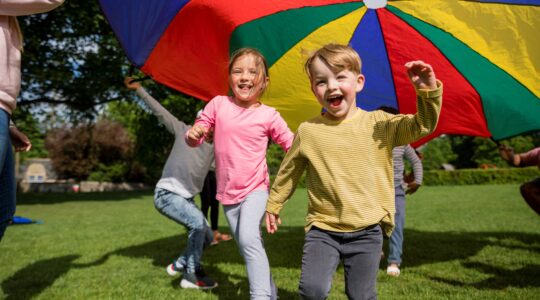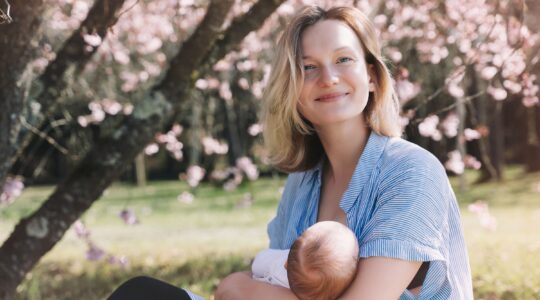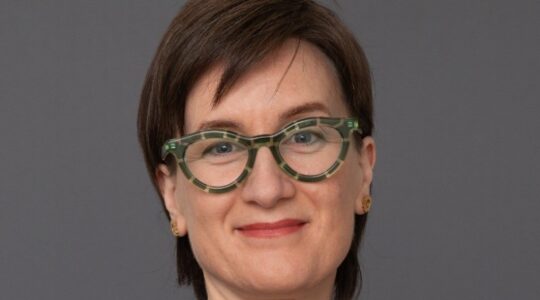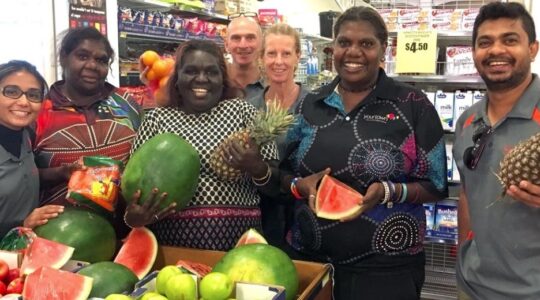Ballet is helping Queenslanders dance their way to good health with the Van Norton Li Community Health Institute.
Queensland Ballet’s innovative new institute has been designed to introduce dance health programs to the community.
Research suggests dance can improve cognitive performance, reaction times, and general well-being; as well as providing social engagement which makes it useful to treat conditions such as arthritis, dementia, depression, and Parkinson’s Disease.
Queensland Ballet executive director Dilshani Weerasinghe said the dance health programs were underpinned by medical research and provided ballet programs for specific needs.
“We have Dance for Parkinson’s, Ballet for Brain Injury, Dance for Arthritis and Ballet for Seniors,” Ms Weerasinghe said.
“It’s pretty exciting. At Queensland Ballet, we know that ballet is a gift and we have a responsibility to broaden its impact so that as many people as possible can benefit from such a vibrant artform.”
Established in November last year, the Institute was made possible thanks to the generous donation from Kay Van Norton Poche AO (who is married to Greg Poche founder of Star Track Express), and $750,000 in funding from the State Government to deliver several programs including clinically designed dance rehabilitation, mobility, and modified dance classes for key groups throughout the state.
Mrs Van Norton Poche’s generous donation has formed part of the QB Forever Fund.
“My father had a spirit of generosity that equalled none. So, I, with my siblings, were raised to believe in humanitarian causes, to do what we could and always put others needs ahead of our own,” she said.
“Greg, my husband, took me along on this magical ride because it was all his hard work. It’s his achievement, it’s his business acumen that gave us the wealth that we have and enjoy today and give us the ability to give. Most of our projects have been in the medical field.
“We have to foster kindness, humanitarianism. We have to live it and prove that it works. (Former Queensland Ballet Artistic Director) Li and I sat and talked for a while and his dreams and wishes for legacy are exactly like ours.
“What we’ve done and what we are hoping to achieve with the help and with the support of those who can and should and will, is to leave a legacy of absolute kindness and understanding.”
The naming of the new Institute recognises this generous donation, while also acknowledging former Artistic Director Li Cunxin’s significant contribution to the community.
Queensland Ballet’s community programs include community dance classes, school education programs and Dance Health classes including Dance for Parkinson’s, Ballet for Brain Injury, Dance for Arthritis (online classes across Queensland, in partnership with Arthritis Queensland), Ballet for Seniors and Jazz for Seniors.
Their goal is to sustain and expand its Dance Health programs, to magnify the impact possible for participants’ physical and mental health, across socioeconomic, age and geographic boundaries and all abilities.
The Institute’s Director Zara Gomes said it was envisaged that the Institute will eventually reach more than 58,000 people every year, and pave new ways to address society’s health and wellness needs.
“The number of participants in the Institute’s dance health, community dance, school and education programs last year was 41,307. We expect to exceed this in 2024, with the figure so far being 16,070,” Ms Gomes said.
“I genuinely believe that dance enriches and enhances people’s lives no matter how they are participating – whether that be dancing in a wheelchair or watching in the audience.
“Dance can be for everyone, it just has to be delivered in an appropriate way. It can improve people’s physical abilities but also their wellbeing, which is something many people don’t realise unless they actually attend a class.
“Many participants say that they enjoy the social aspect – and they find that it gives them a feeling of escapism, of release, and of freedom.
“Participants who attend say that they get a feeling of respite while they are dancing. We regard everyone in the class as ‘dancers’, whatever level they are at physically, so for the class time we hope that they may not feel like a ‘patient’ so much and just enjoy the movement and music.”
Classes are modified so that people with varying abilities can participate, with options for standing and seated involvement.
Future planned expansion of the QB Van Norton Li Community Health Institute will include:
- Continuation of the Dance for Arthritis program (in partnership with Arthritis Queensland)
- Dance Rehab – in-hospital modified dance classes, designed to assist physical rehabilitation and wellbeing, launching first at the Surgical Treatment and Rehabilitation Service (STARS) in Herston and the Princess Alexandra Hospital
- Ballet Serene – aged-care based modified dance programs, catering for varied abilities and mobilities, with a focus on joy and connection
- Dance Health Regional – expanding QB Dance Health offerings across regional and remote communities
- Dance Health Research – growing partnerships with research bodies to expand the evidence base for dance-led positive health outcomes
- Ballet for Veterans – a proposed program for returned servicemen and women to use ballet/dance to assist mental health and trauma therapy
